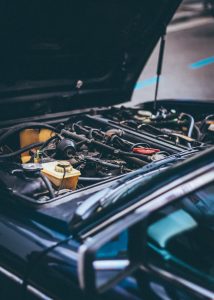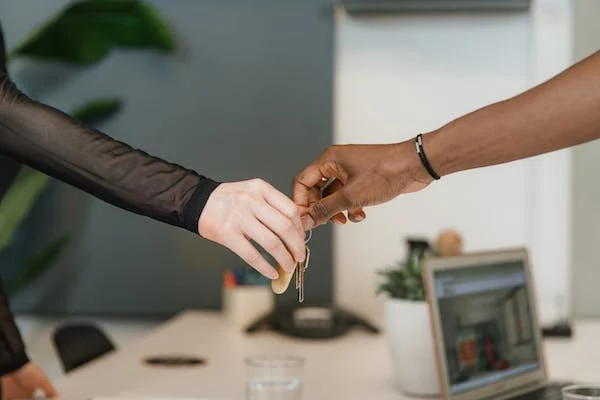In regard to the decision of purchasing a new car in Australia, one must consider the following: buying or leasing. Each option has pros and cons, and the final decision depends on the person’s preferences and financial situation. Buying a car means you own and are responsible for it, while leasing lets you use a car without owning it. With the car industry constantly evolving and new models being released, it can be a tough decision to make. This article will discuss the advantages and disadvantages of buying and leasing a car in Australia. It aims to guide readers in making a well-informed choice. This article will help you if you want to buy your first car or upgrade to a newer model. It provides valuable insights to help you make a decision. Let’s explore car ownership and leasing in Australia to help you decide which option is best for you.
Ownership: Buying offers long-term ownership; leasing provides flexibility but no ownership rights.
One of the key factors to consider when deciding between buying and leasing a car in Australia is ownership. Buying a car offers long-term ownership, meaning you have complete control and responsibility over the vehicle. This is attractive to people who want to own their car completely and have the freedom to customise or modify it as they wish. On the other hand, leasing a car provides flexibility but no ownership rights. When you lease a vehicle, you are basically renting it for a certain period of time, typically two to five years. At the end of the lease, you simply return the car to the dealership. Leasing a car means you can use it without owning it, but you can’t sell it later to make money. Consider whether long-term ownership or flexibility is more important when deciding to buy or lease a car in Australia.
Financial: Buying requires a larger upfront payment, leasing offers lower monthly payments but no equity.
Financially, buying a car requires a larger upfront payment compared to leasing. When buying a car, individuals typically need to make a substantial down payment, which can be a significant financial commitment. Leasing has lower monthly payments, which makes it more affordable for people who want to manage their monthly cash flow. However, it is important to note that leasing a car does not provide any equity. When you buy a car, you have the chance to build equity as its value increases over time. However, when you lease a car, you can only use it without gaining any ownership. When deciding whether to buy or lease a car in Australia, individuals need to think about the advantages of lower monthly payments compared to the disadvantage of not building equity.

Maintenance: Buying means responsibility for maintenance costs; leasing typically includes maintenance and repairs.
Consider maintenance costs when deciding between buying or leasing a car in Australia. When buying a car, individuals take on the full responsibility for all maintenance and repair costs. This means that any repairs, routine maintenance, and general upkeep of the vehicle will be solely their responsibility. On the other hand, leasing a car typically includes maintenance and repair services as part of the lease agreement. This means that individuals are not responsible for the costs associated with maintaining and repairing the vehicle. Instead, these costs are typically covered by the leasing company. Not having to do maintenance and repairs can be a big advantage for those who don’t want to deal with the hassle and cost. Leasing agreements may have limitations on repairs and maintenance, so it’s important to review the lease terms before deciding. Maintenance costs are important when deciding to buy or lease a car in Australia, as they can greatly affect the overall cost of owning and using the vehicle.

Resale Value: Buying can potentially yield higher resale value; leasing offers no equity or resale value.
When considering the resale value of a car, buying a vehicle can potentially yield a higher return compared to leasing. When you buy a car, you own it and can sell it whenever you want. Cars generally lose value over time, but if you maintain and keep it in good condition, you can sell it for a good price. On the other hand, leasing offers no equity or resale value. Since you do not own the car when you lease, you have no control over its resale value. When the lease term ends, you just give the car back to the leasing company and cannot get any money back from the vehicle. Therefore, if maximising resale value is a priority for you, purchasing a car may be the more suitable option.
Flexibility: Buying allows customisation and unlimited mileage, leasing restricts modifications and has mileage limitations
Flexibility is a key factor to consider when deciding between buying and leasing a car in Australia. Buying a car allows for customisation options, giving individuals the freedom to modify and personalise their vehicle to their liking. Buying a car allows you to customise it with accessories, upgrade its internal features, and change its appearance, making your driving experience truly unique. When you lease a car, you usually can’t make modifications because the leasing company owns the vehicle. The limited customisation options may disappoint people wishing to personalise their car to match their unique style and preferences. Additionally, buying a car also offers unlimited mileage, allowing individuals to drive as much as they want without any restrictions. In contrast, leasing a car often comes with mileage limitations, and exceeding these limits can result in additional fees. This can be a disadvantage for those who frequently travel long distances or have a high daily commute. The decision to buy or lease depends on how much flexibility and customisation you want, and how many miles you expect to drive.
In conclusion, the decision to buy or lease a car in Australia ultimately depends on your personal financial situation and needs. Buying a car means you own it for a long time, and it might help save money in the future. Leasing, on the other hand, lets you make lower monthly payments and upgrade to a new car every few years. It is important to carefully consider all factors and do thorough research before making a decision. Ultimately, the right choice will vary for each individual and their specific circumstances.
